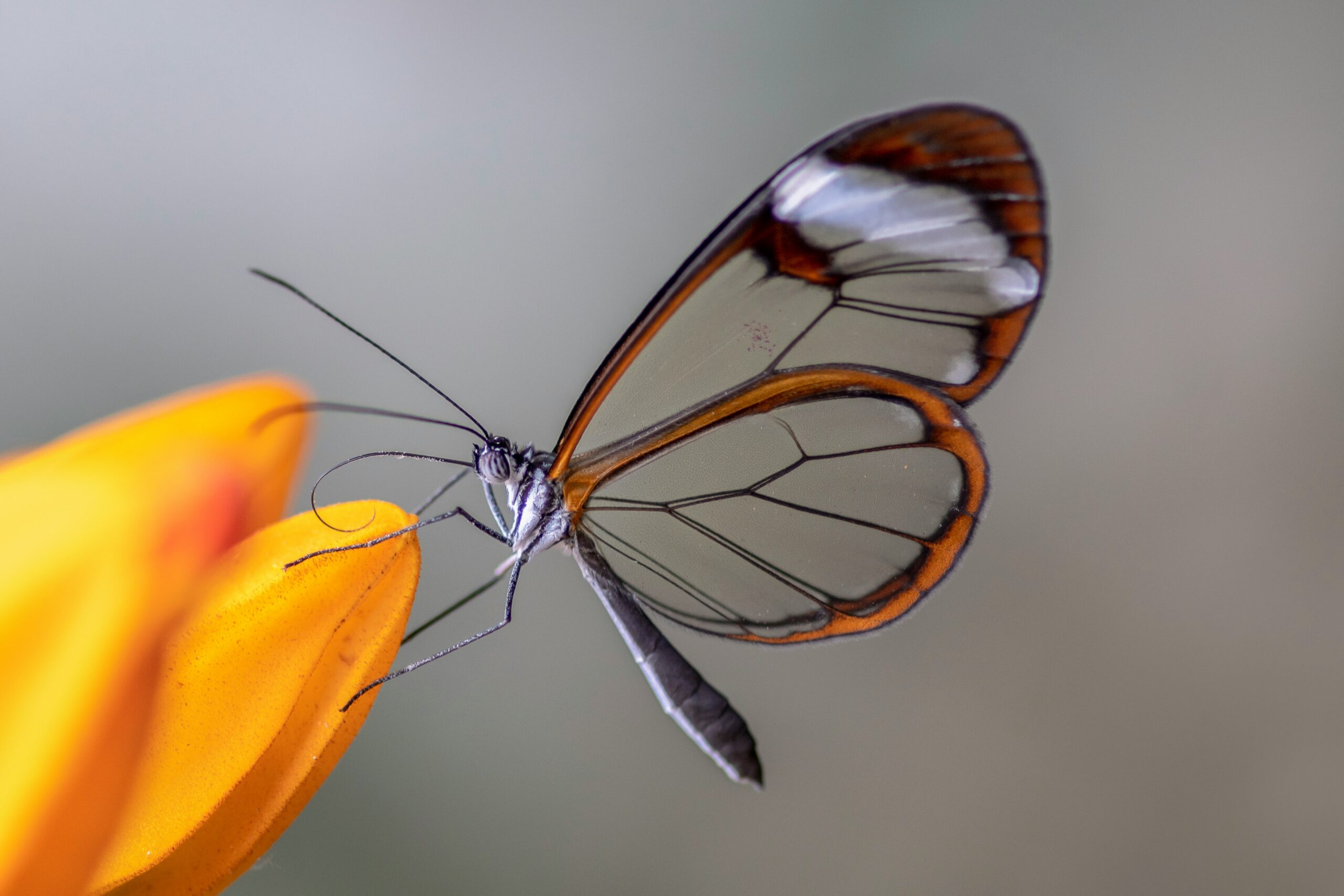
Butterflies captivate us with their delicate wings, vivid colors, and graceful flight. They embody transformation and beauty from the moment they emerge as fragile adults. Yet their story goes far deeper than appearances alone. In this article, we’ll explore what makes these insects true marvels of nature—from their life cycle and varied patterns to their essential role in ecosystems.
Life Cycle and Transformation
A butterfly’s journey begins as a tiny egg laid on a host plant. Within days or weeks, that egg hatches into a caterpillar, also known as a larva. This stage is all about growth: the caterpillar munches leaf after leaf, shedding its skin multiple times as its body swells. When fully grown, it forms a chrysalis or pupa. Inside this protective casing, an astonishing transformation unfolds. Tissues break down and reassemble into the wings, antennae, and body structure of the adult butterfly. This metamorphosis is one of nature’s most dramatic events, symbolizing rebirth and change.
Colors and Patterns
Butterflies display an astonishing array of hues and designs. Some species boast bright blues and greens that shimmer in sunlight, thanks to microscopic scales that refract light. Others adopt intricate patterns of browns, oranges, and whites that serve as camouflage or warning signals. For instance, monarch butterflies sport bold orange and black markings that warn predators of their toxicity. In contrast, the muted tones of a common buckeye help it blend seamlessly with tree bark. These colorations arise from a mix of pigments and structural coloration, resulting in the dazzling variety we see flitting through meadows and woodlands.
Flight and Navigation
Butterflies don’t just look beautiful—they’re impressive fliers. Their lightweight bodies and large wing surface area allow them to ride air currents and thermals for long distances. Monarchs famously migrate thousands of miles between North America and central Mexico, guided by a combination of the sun’s position and Earth’s magnetic field. Other species rely on landmarks, scent trails from host plants, or even polarized light patterns to find their way. This remarkable navigational ability ensures they locate mating partners, lay eggs on the correct host plants, and escape predators.
Ecological Importance
Beyond their aesthetic appeal, butterflies play vital roles in ecosystems. As pollinators, they transfer pollen from flower to flower while sipping nectar. Though bees often steal the spotlight, butterflies contribute significantly to pollination—especially in temperate regions where some flowers are better suited to their long, probing proboscises. Moreover, butterfly caterpillars serve as a food source for birds, small mammals, and other insects, integrating into complex food webs. Their presence or absence can signal the health of habitats, making them valuable indicators for conservationists monitoring environmental change.
Conservation Challenges
Despite their resilience, many butterfly populations face threats. Habitat loss from urban expansion, intensive agriculture, and pesticide use has reduced available host plants and nectar sources. Climate change alters the timing of flowering plants, potentially disrupting the synchrony between butterflies and their food. Conservation efforts focus on creating butterfly gardens, restoring native plant communities, and reducing chemical usage. Citizen science programs also enlist volunteers to monitor butterfly numbers, helping researchers track trends and prioritize action.
How You Can Help
Even small actions make a difference. Planting native flowering species in your yard provides nectar for adult butterflies while including host plants like milkweed that support caterpillars. Avoid pesticides and opt for organic gardening methods. If you have a balcony or patio space, container gardens with butterfly-friendly blooms can offer vital stepping stones in urban areas. Participating in local butterfly counts or joining conservation groups connects you with like-minded enthusiasts working to protect these enchanting insects.
A Lasting Legacy of Beauty
Butterflies remind us that transformation is possible, that beauty can emerge from humble beginnings, and that even tiny creatures play big roles in the tapestry of life. By understanding their life cycle, marveling at their colors, and supporting conservation efforts, we ensure that future generations will continue to witness these winged jewels dancing across sunlit fields. Whether you’re a seasoned naturalist or simply drawn to their elegance, butterflies offer endless fascination—and a hopeful symbol that nature’s wonders can endure when we care enough to protect them.